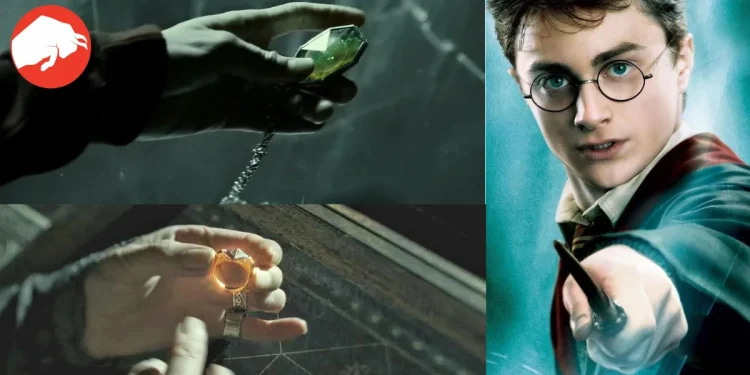In the magical world of Harry Potter, Horcruxes represent the darkest of magics, allowing a wizard or witch to attain near-immortality at the cost of their soul. Lord Voldemort, the series’ main antagonist, utilized this dark magic to its fullest, creating several Horcruxes in his quest for eternal life. This article delves into the complexities of these cursed objects and the monumental effort it took Harry and his friends to destroy them.
The Diadem: The Easiest of Evil to Eradicate
The Lost Diadem of Ravenclaw stands as possibly the easiest Horcrux to destroy. In the heart-stopping moments of the Battle of Hogwarts, the diadem meets its end through the accidental yet potent use of Fiendfyre or, in the movie adaptation, a more cinematic destruction involving a Basilisk fang. This ease of destruction, compared to the other Horcruxes, raises questions about the varied vulnerabilities of these dark objects.
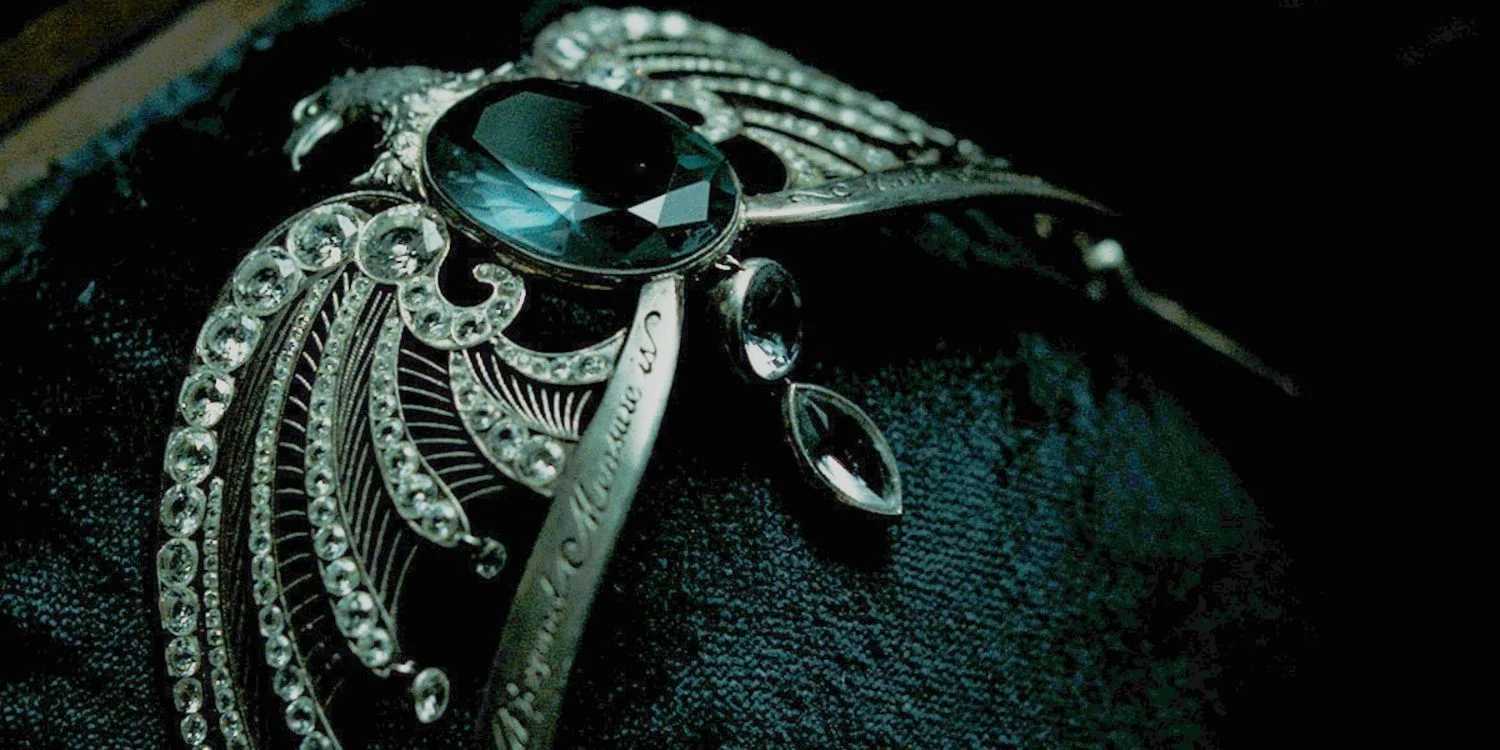
The Cup: A Task of Parseltongue
Helga Hufflepuff’s Cup represents not just the cunning of Voldemort’s dark magic but also the ingenuity required to destroy such objects. Hidden in the treacherous Lestrange vault, the cup’s destruction becomes possible only after a series of improbable yet thrilling events, showcasing the unpredictable nature of magic and the lengths to which our heroes go to defeat darkness.
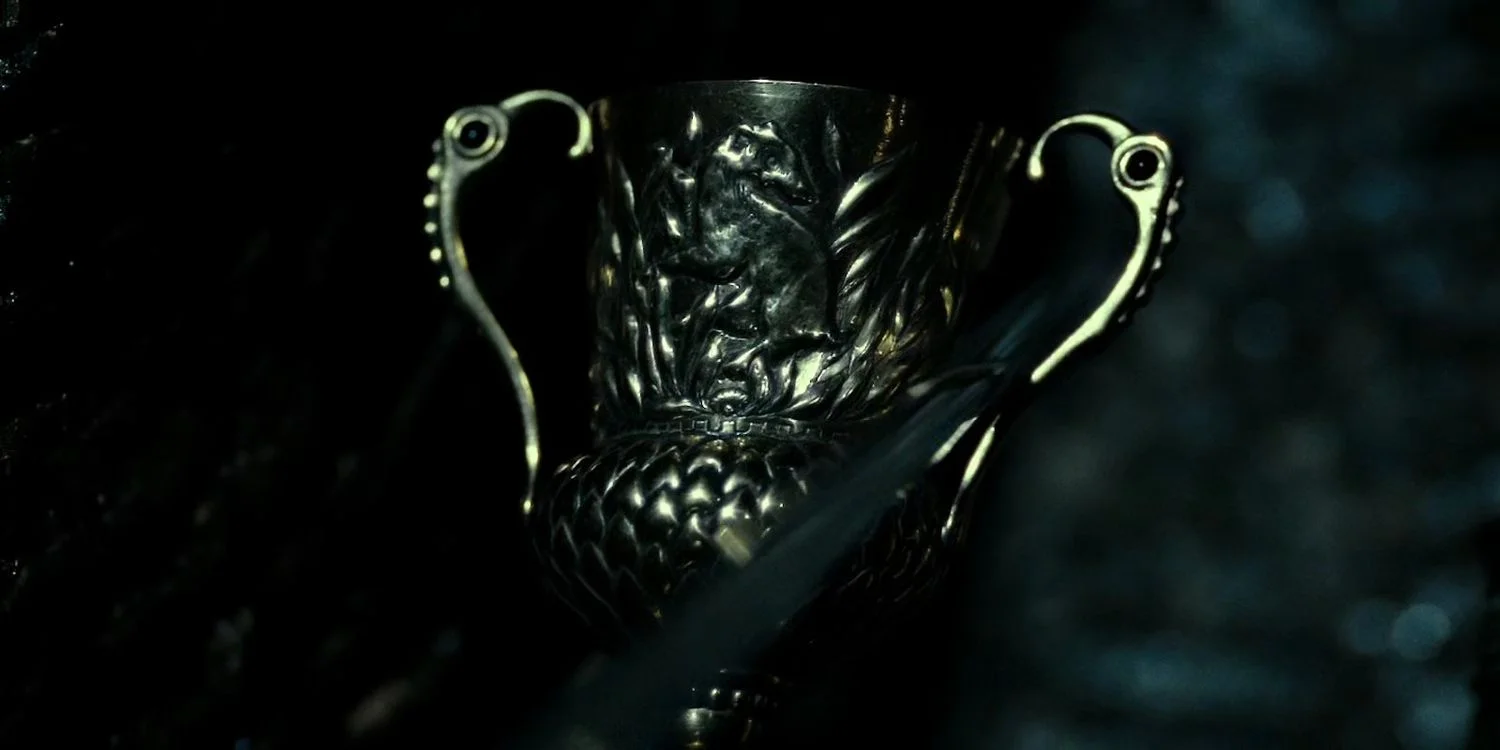
Nagini: The Living Horcrux
Nagini, the serpentine companion of Voldemort, adds a layer of complexity and danger as a living Horcrux. Her ability to move and defend herself made her a formidable challenge. The circumstances surrounding her destruction highlight the constant peril and the hard choices the characters face in their quest to stop Voldemort.
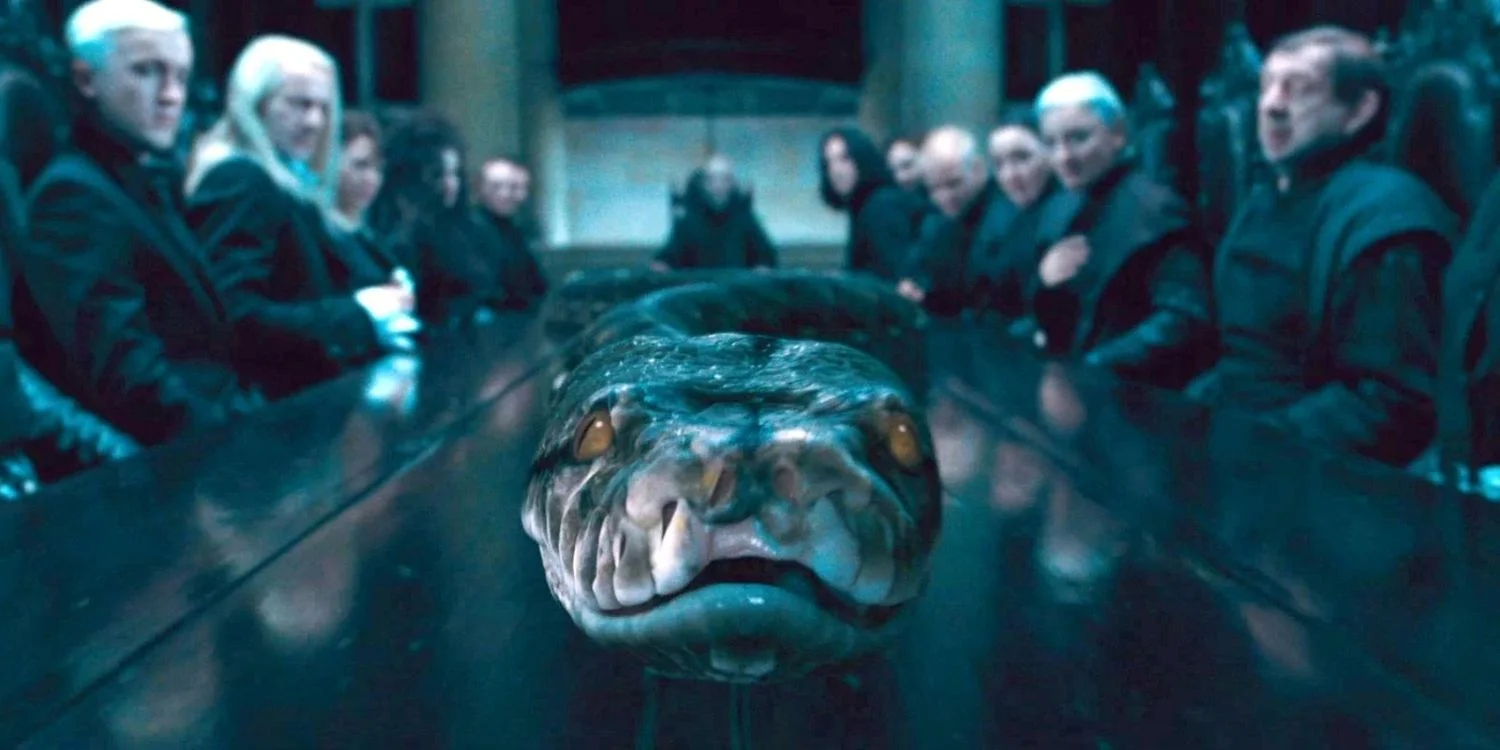
The Locket: Testing Bonds and Bravery
Slytherin’s Locket not only posed a physical challenge but also tested the emotional and psychological strength of the characters, particularly Ron Weasley. Its ability to manipulate and exacerbate the fears of its holder demonstrates the insidious nature of Horcruxes, affecting more than just the physical realm.
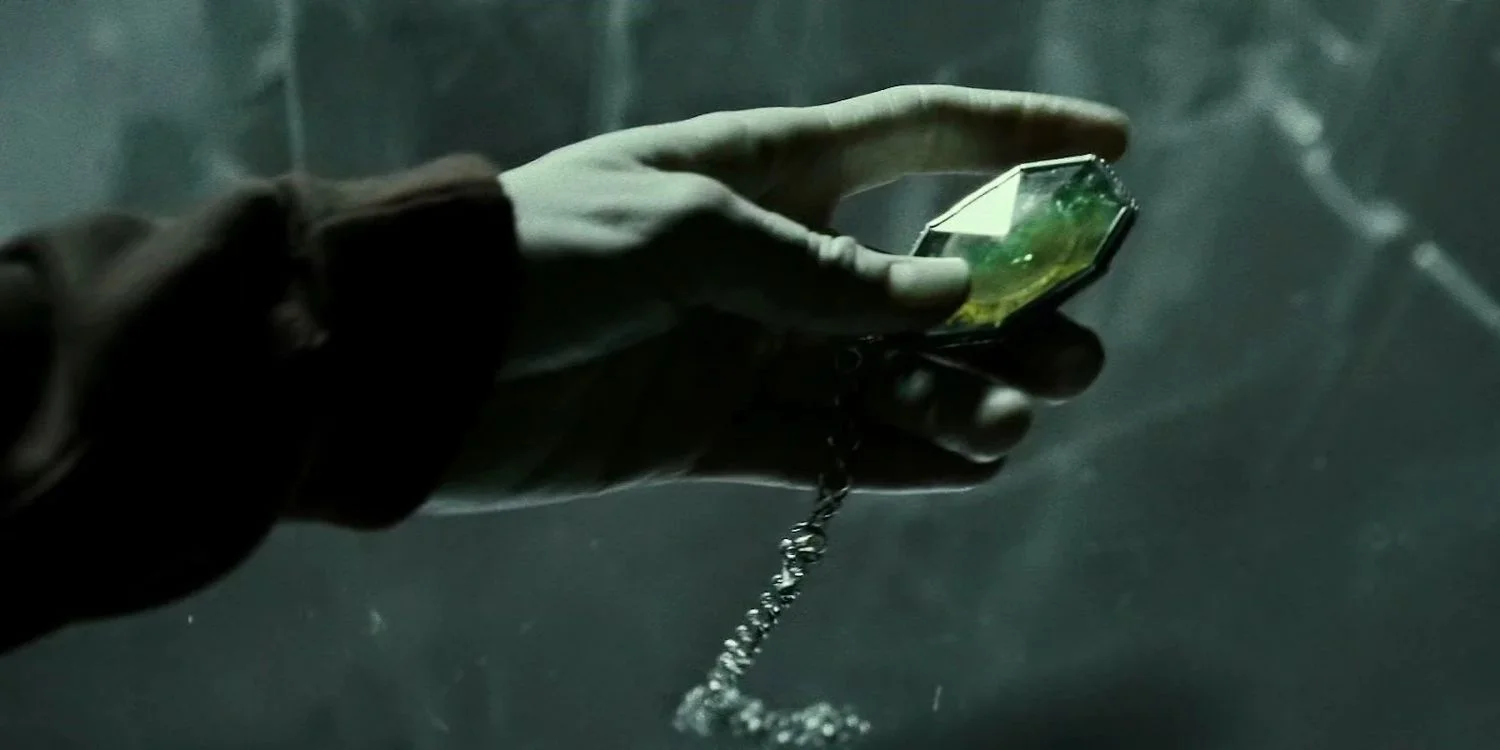
The Ring: A Cursed Inheritance
Marvolo Gaunt’s Ring, bearing the Resurrection Stone, was perhaps one of the most tragic Horcruxes. Its curse nearly claims the life of Albus Dumbledore, showcasing the immense risks and sacrifices involved in the quest to end Voldemort’s reign. The ring’s potent magical properties and the personal histories attached to it add layers of complexity to its destruction.
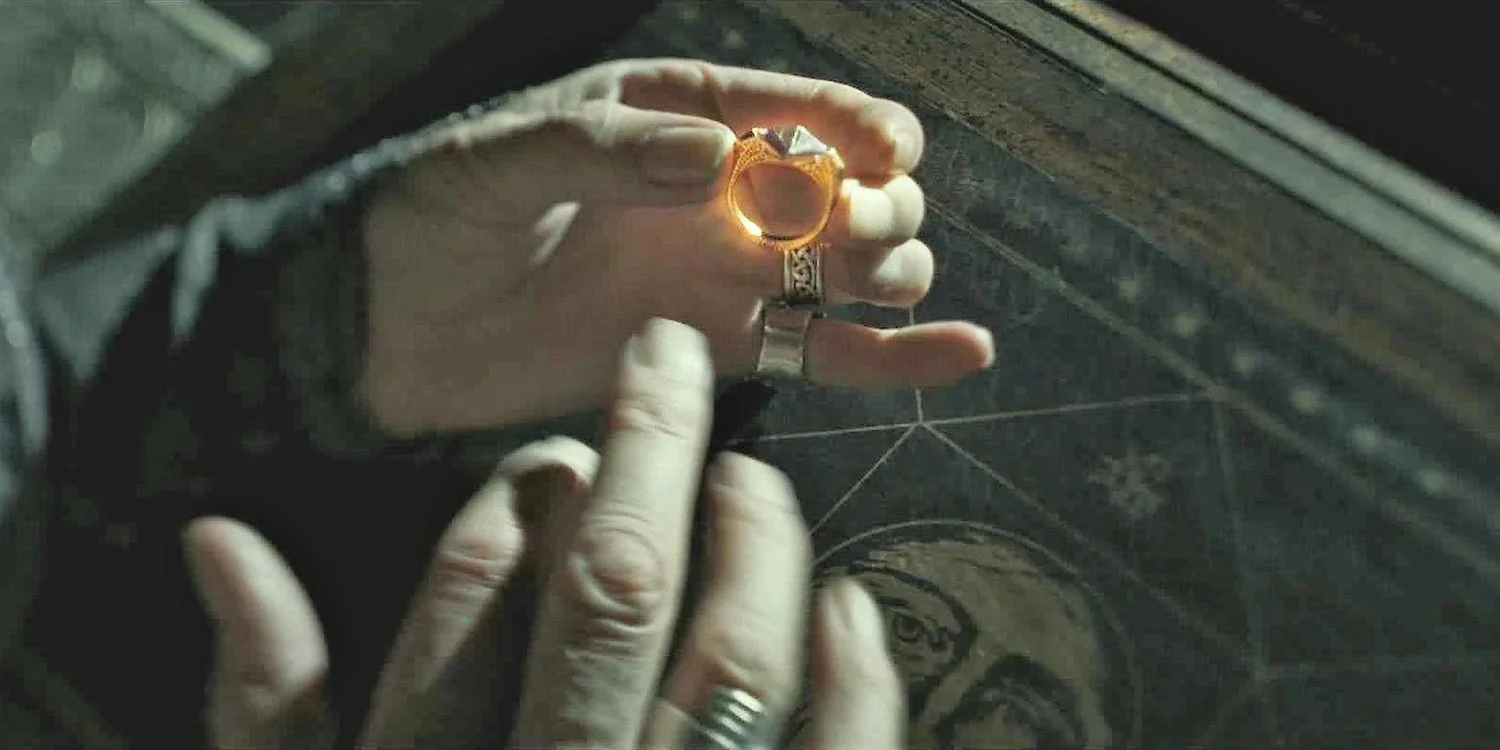
The Diary: An Early Encounter with Evil
Tom Riddle‘s Diary represents one of the first major confrontations with a Horcrux, illustrating the cunning and forethought of Voldemort. The diary’s ability to ensnare and manipulate makes it a terrifying weapon, with its destruction requiring a battle against a Basilisk and highlighting the dangers the young heroes face in their journey.
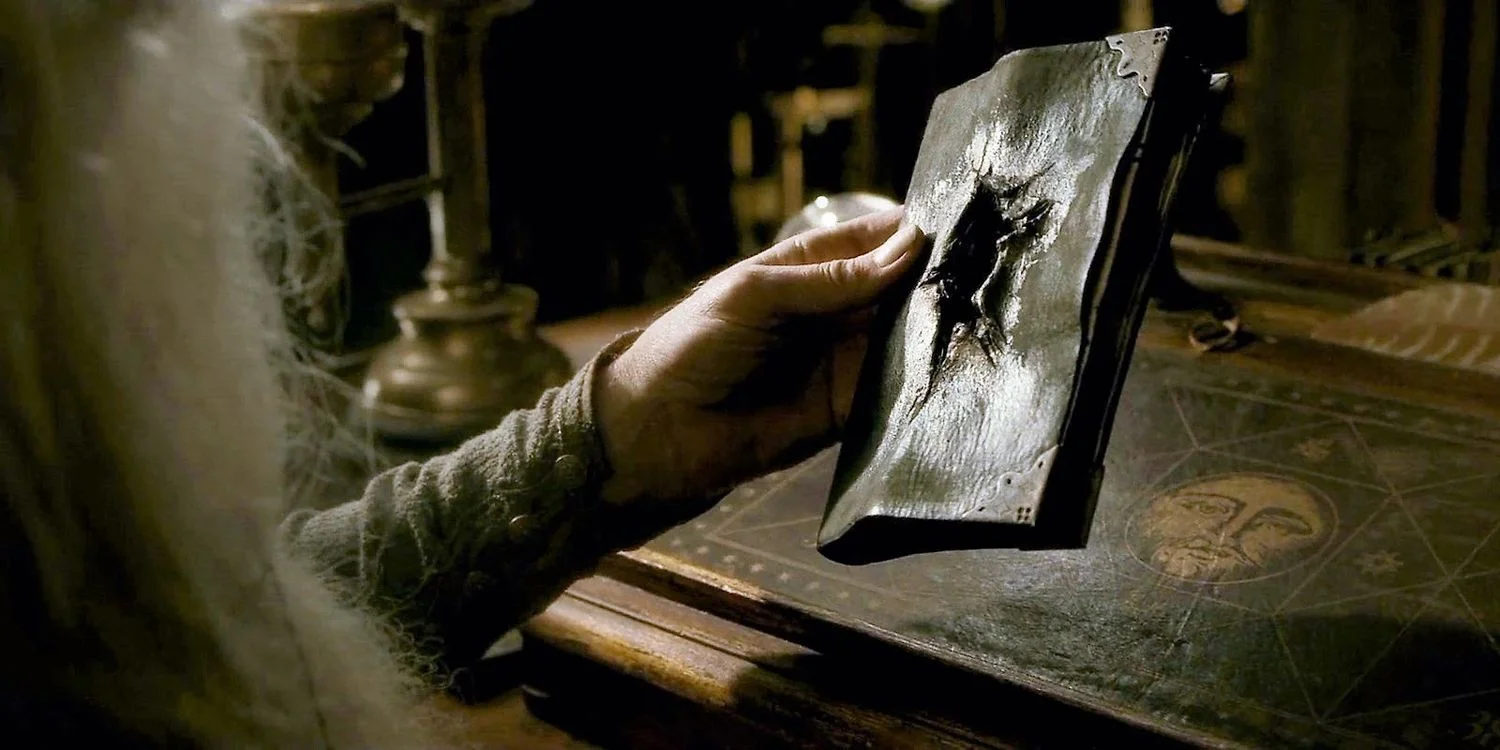
Harry Potter: The Unintended Horcrux
Unbeknownst to him for the longest time, Harry himself is a Horcrux, a twist that adds immense depth to his character and the story’s themes of sacrifice and destiny. His eventual realization and the choice he makes to confront Voldemort in the Forbidden Forest mark some of the most poignant moments of the series, reflecting the profound personal cost of battling such dark magic.
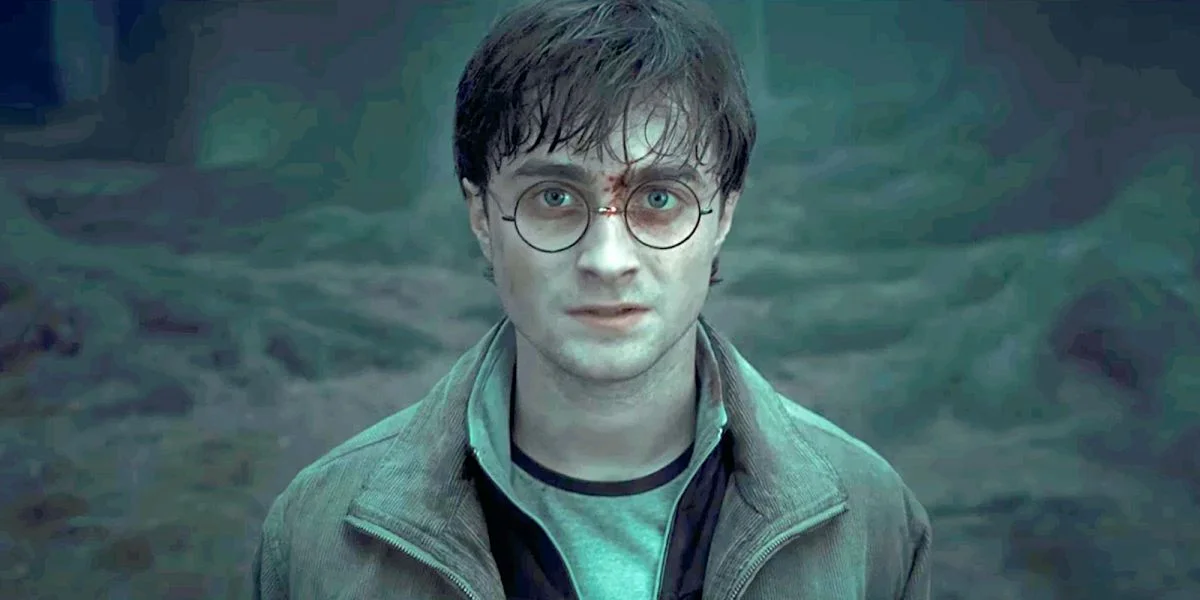
The Enduring Legacy of the Horcruxes
The tale of Voldemort’s Horcruxes weaves through the entire Harry Potter series, representing the darkest aspects of magic and the human soul. Each Horcrux’s story is a testament to the series’ deep narrative and the intricate world built by J.K. Rowling. The destruction of these Horcruxes, each requiring unique courage and sacrifice, symbolizes the overarching theme of the series: that love, friendship, and bravery shine brightest even in the darkest of times. As we look back on these bewitched objects, they remind us of the enduring power of good over evil and the lasting impact of the Harry Potter saga on generations of readers and viewers.


